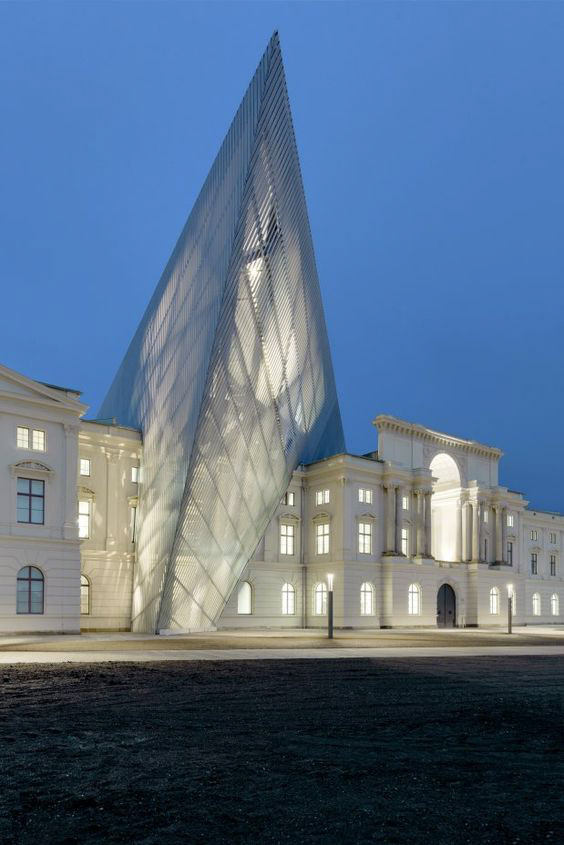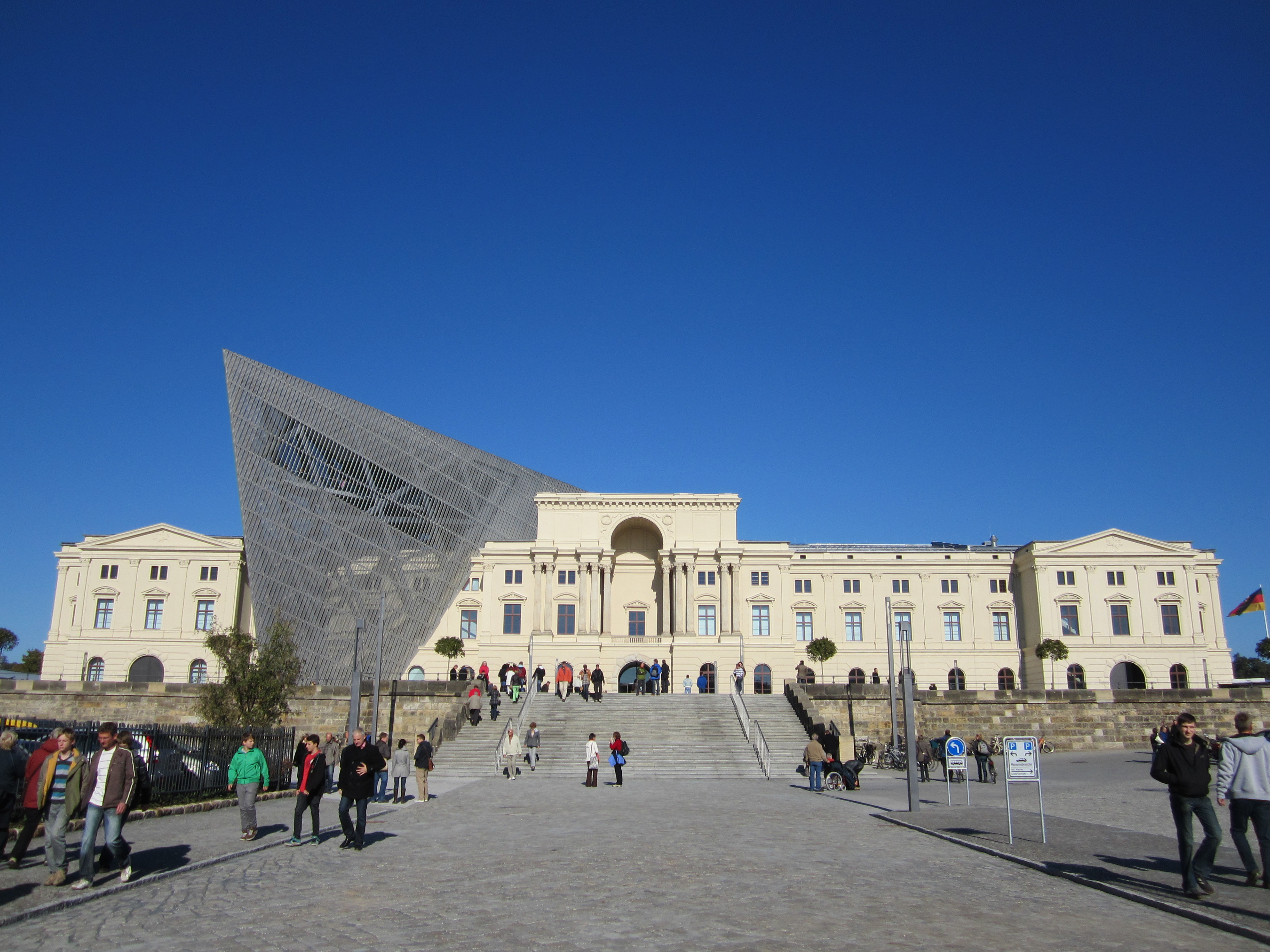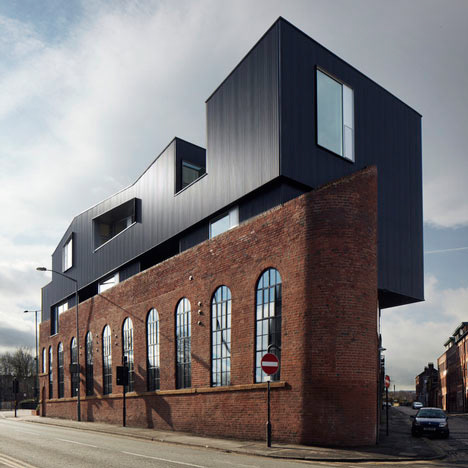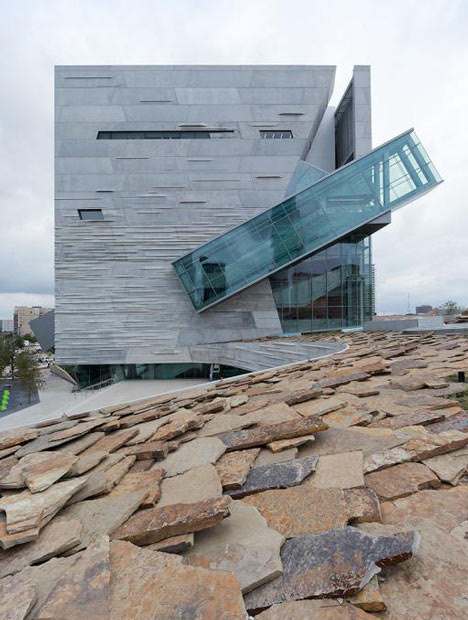Germany's Museum of Millitary History


The tip of the arrow-like extension points towards the direction from which the first fire bombs were dropped on Dresden during an air raid on the night of 13 February 1945. This concept of architecture responding to events is exactly what my project aims to use the previous mappings for. The architecture holds significance to the events it teaches about, events shape the massings.
A viewing platform is located near the point of the wedge providing a unique vantage point to look over the city whilst creating a space for reflection about the events. This could be something used in my own project as the dam is often praised for being the best vantage point for the scenes below despite only having access to it through dark tourism.
The museum of millitary history uses heavy contrast in materials to reinforce the contrast between old and new, the museum had a desire to transform into a place for open dialogue about the causes and consequences of war and violence. This proactive approach has influenced the development of my project, is is not just a place of mourning but a place of education, innovation and resilience. The past is there to be opened up, with facts influencing the exhibits. The history of the dam is open with a dialogue of human oversight, poor decision making and ultimately greed. This then feeds into the proactive nature, an “anti tourism” approach, where innovation leads resilience.


Project Orange replaced a pitched roof of this redundant brick warehouse in Sheffield with a 2 storey steel volume that overlaps and punches through the original brick structure. I really like this colision of volumes and use of material to contrast the brick.
I really want to explore the almost "boolean" nature of cutting through forms and colliding them. I think this would be really interesting for the dam.
Perot Museum of Nature and Science by Morphosis

